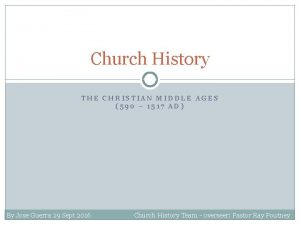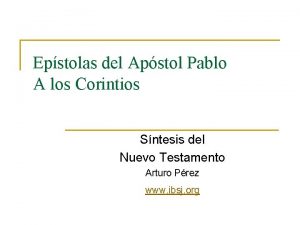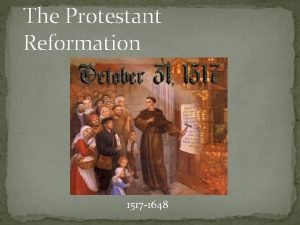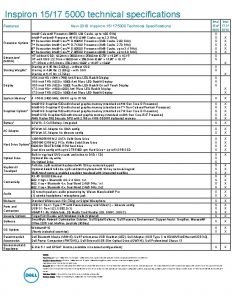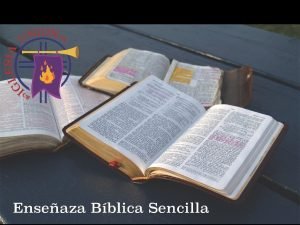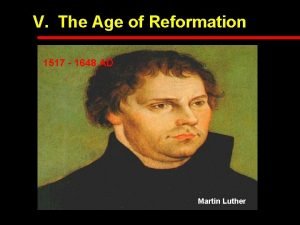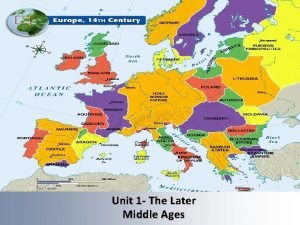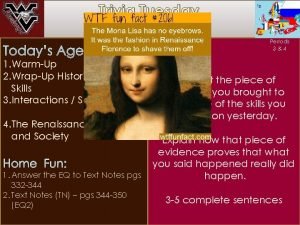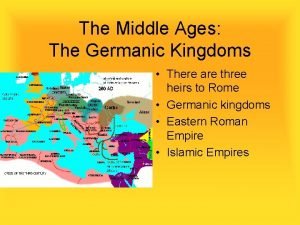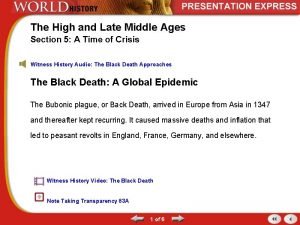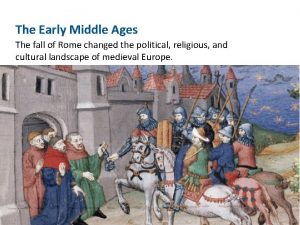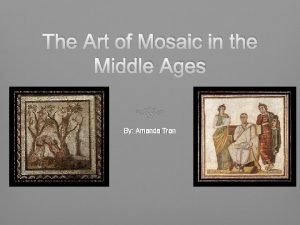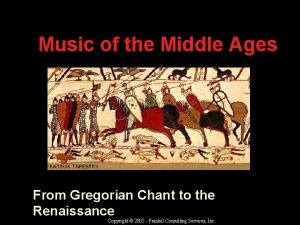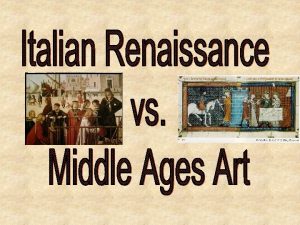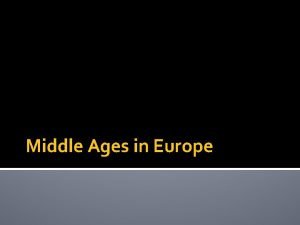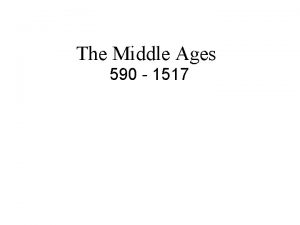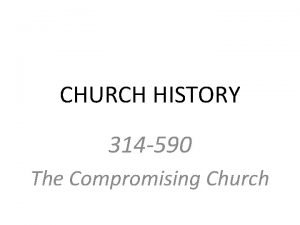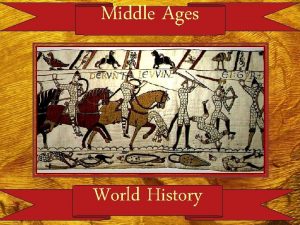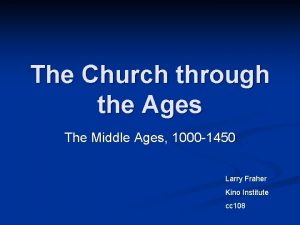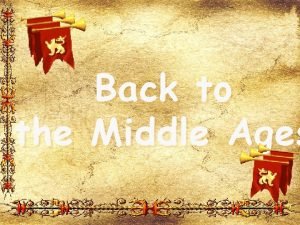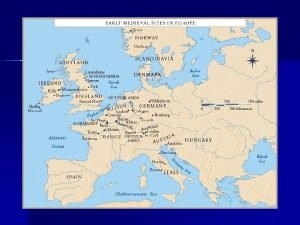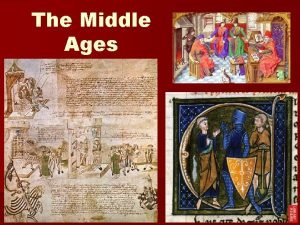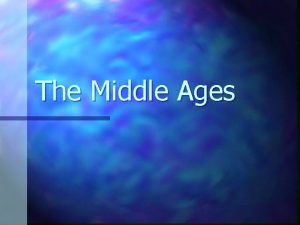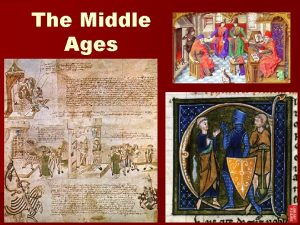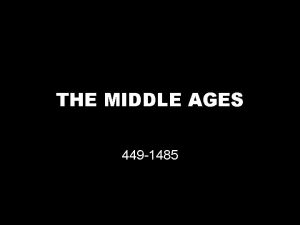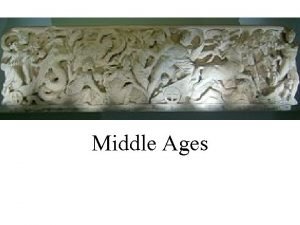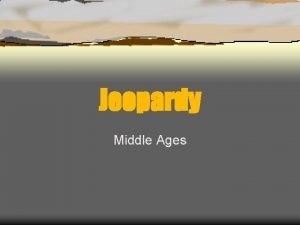Church History THE CHRISTIAN MIDDLE AGES 590 1517





















- Slides: 21

Church History THE CHRISTIAN MIDDLE AGES (590 – 1517 AD) By Jose Guerra 29 Sept 2016 Church History Team - 0 verseer: Pastor Ray Poutney

Primary Source Material

Agenda �Hand outlines �Define the lesson timeline for the session �Review Resource page on EHBC website �The Christian Middle Ages





Quote of the Day “Europe owes more to the Christian faith than most people realize. When the barbarians destroyed the Roman Empire in the West, it was the Christian church that put together a new order called Europe. ” Shelley, Dr. Bruce L. . Church History in Plain Language: Fourth Edition (p. 171). Thomas Nelson. Kindle Edition.

Last Week in Church History �The rise and fall of the Christian Roman Empire �Started when Constantine converted to Christianity �Two types of Christians: Those true to the faith Those who used the faith for personal and political gain (paper thin faith, secularism, the merging of pagan practices) �Roman Emperor power declined as Bishops power increased �The birth of the papacy and the first Pope (Bishop Leo) �The fall of the Christian Roman Empire to Barbarians

*Image from http: //explorethemed. com/fallrome. asp? c=1

*Image from http: //explorethemed. com/fallrome. asp? c=1

*Image from http: //explorethemed. com/fallrome. asp? c=1

*Image from http: //explorethemed. com/fallrome. asp? c=1

God abandons the Christian Roman Empire? �In the 530’s there were fumes in the air, sunlight but little heat and a great famine �The 540’s saw an outbreak of Bubonic Plague killing tens of millions around the known World �In July 551 the eastern Mediterranean was rocked by the Beirut earthquake, which triggered a tsunami. The combined fatalities of both events probably exceeded 30, 000, with tremors being felt from Antioch to Alexandria.

Reign of the Popes Key figures & Events � Bishop Leo (Pope Leo I or Leo the Great: 440 – 461) � Gregory the Great (590 – 604) � Pope Leo III (795 – 816) & Charlemagne (birth of Christendom) � Death of Charlemagne gave rise to feudalism � Feudalism led to Emperors having power over the church � Revival in Benedictine order of Cluny cleansed corruption from the church and raised the power of the Pope � 1059 Cluniac reformers created the College of Cardinals which henceforth elected the popes � Gregory VII (1073– 1085) claimed unprecedented power for the papacy � Pope Urban II (1088 – 1099) launched the First Crusade in 1095 � Pope Innocent III (1198– 1216), a new type of administrator-pope � The Great Papal Schism (1378 – 1417)

Gregory the Great (b. 540 to d. 600) � Born in 540 from an old and wealthy senatorial family and was educated for government � He was a devout Christian � Became the Mayor of Rome and brought much reform � When his father died he used his family wealth the feed the poor, setup monasteries, and lived a monastic lifestyle � Pope Pelagius II died of plague and Gregory was elected Pope (he ran away and was dragged back to Rome) � He was a monastic Pope, lived a simple life (did not believe in titles) Defended Rome and reformed it Negotiated with Barbarians and established the Pope as a powerful Political leader greater than the emperor He emphasised many of today’s Catholic beliefs (repentance, penance, prayer throughout the day, praying to the Saints, the power of holy relics, baptism, meritorious works, the power of the Eucharist) He established ritual

Charlemagne and Christendom �King of the Franks �Conquered most of Europe �He brought order to a chaotic Europe �In 800 became first “Holy Roman Emperor” �With the Pope Leo III he created Christendom �Strong advocate of education and required that monasteries have schools to teach (singing, grammar, arithmetic) �He extended Christian civilization in Europe

The Rise of Islam �Mohammad is born in 570 �Meditates in a cave and is visited by an angel which tells him to recite (birth of the Koran) �He slowly gained followers �After several battles, arguments and wars he gained a large following in Arabia �In the first 100 years numerous capitals fell to Islam: Jerusalem, Damascus and Cairo �His death in 632 started the Sunnis and Shiites divisive issue of succession

The Holy Crusades “God Wills It” �There were several Crusades led by several powerful Popes �The first Crusade was the most successful, it reclaimed the Holy Lands (Jerusalem) �Led primarily by nobles �People fighting for Christendom and forgiveness of sins �Later crusades were led by corrupt Popes and were less successful

East-West Schism (1054) �Divisions between East and West began long before 1054 with the Ecumenical councils �In 1053 the Patriarch of Constantinople ordered the closure of all Latin churches in Constantinople �Rome in turn required Greek churches in Southern Italy to either close or conform to Latin practices �Key issues for the division: The source of the Holy Spirit (Theological differences-modalism) The use of leavened vs unleavened bread for the Eucharist The claim’s of the Pope in Rome to universal jurisdiction Ecclesiastical differences (community vs one head of church) Icons (not creations of men but manifestations of heavenly ideal)

Scholasticism �The birth of Universities, schools and school masters �First schools taught about understanding the scriptures �This led to free thinking of educated men �The rediscovery of Aristotle's writings further expanding questioning of the church and papacy �These were the seeds which led to the Reformation years later
 The medieval church (590-1517 ce)
The medieval church (590-1517 ce) Dark ages def
Dark ages def Renaissance vs medieval art
Renaissance vs medieval art The middle ages outcome the power of the church
The middle ages outcome the power of the church Branches of catholic church
Branches of catholic church Resumen de primera de corintios
Resumen de primera de corintios Calvinism map
Calvinism map Dell inspiron 1517
Dell inspiron 1517 31 de octubre 1517
31 de octubre 1517 1517 ad
1517 ad What are the 7 church ages
What are the 7 church ages European middle ages map
European middle ages map Middle ages renaissance
Middle ages renaissance Germanic kingdom
Germanic kingdom Ancient roman floral design
Ancient roman floral design The high and late middle ages section 5 quiz
The high and late middle ages section 5 quiz Early middle ages
Early middle ages Medieval period mosaic
Medieval period mosaic Late middle ages timeline
Late middle ages timeline Gregorian chant middle ages
Gregorian chant middle ages Dark ages vs renaissance
Dark ages vs renaissance Manor system def
Manor system def
